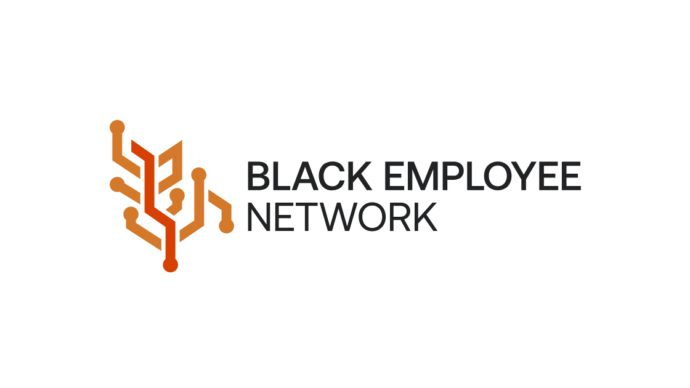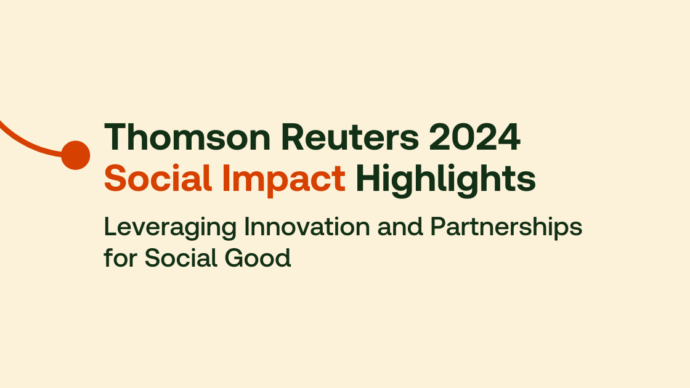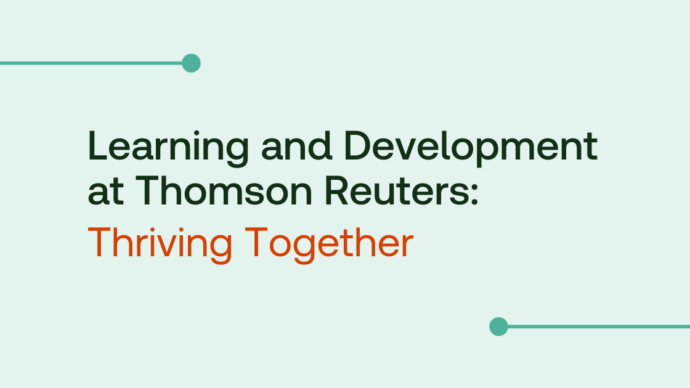Our purpose
Combating misinformation

Hazel Baker, Digital Newsgathering and Verification
Listening closely is challenging when it comes to the incessant and noisy debate playing out on our social media feeds. But we can’t afford to tune out these conversations.
The most important skill we can practice as journalists is the ability to listen.
It’s how we win trust with sources, make connections, better understand our communities, and accurately hear their concerns.
Listening closely is challenging when it comes to the incessant and noisy debate playing out on our social media feeds. But we can’t afford to tune out these conversations.
Digital discussion spaces – from chat apps to Facebook groups and short form video – reveal which news matters in the moment and connect us with critical sources for our reporting. They also highlight the issues that are generating confusion, mistrust and division.
It is particularly among the latter that we see falsehoods take root, clinging along the cracks in the fault lines in our societies. And it is here that our journalists who work to detect and unravel them focus their attention.
The roots of misinformation grow strong and quickly at times when emotions are high and facts remain out of reach. They thrive amid anxiety, tangling up new developments with unrelated past fears and prejudices.
We know we are able to help stifle the germination of harmful mistruths by providing the world with facts, in the form of our global reporting that states what is known – while acknowledging that which is unconfirmed or disputed.
But with growing evidence of the real-life damage caused by false information shared online, more visible than ever through the course of the pandemic, it’s also clear that we must be prepared to confront some mistruths head on.
If a worrying new theory or claim takes hold, but the only voices discussing it are those who do not prioritize accuracy, then this research process is circular and unproductive. That’s why we see a purpose in addressing misleading content directly.
Many of us will search online to research and confirm information that reaches us, in order to make the best possible decisions over matters that affect our family, our health and our livelihood. If a worrying new theory or claim takes hold, but the only voices discussing it are those who do not prioritize accuracy, then this research process is circular and unproductive. That’s why we see a purpose in addressing misleading content directly.
Is there not a danger of nourishing falsehoods simply by writing about them? That’s a question I’m often asked, and it’s a major consideration - but one that takes us back to good listening.
Only by tracing back to the stem of a falsehood can we hope to fully dissect it, offering context where it is lacking, tempering hyperbole, and highlighting distortion.
With the exception of wild conspiracy theories, we have found that rarely do we encounter claims that are completely fabricated. Indeed, it is those that contain a seed of truth, or which exploit situations with many unknowns, that gain a hold most quickly.
Only by tracing back to the stem of a falsehood can we hope to fully dissect it, offering context where it is lacking, tempering hyperbole, and highlighting distortion.
It’s imperative that we keep listening, especially to the voices who tell us we are wrong.
We have to show, not tell, making use of open-source data and signposting primary source information. We must identify who is an expert voice – and be sensitive to areas in which there may not be consensus. It’s imperative that we keep listening, especially to the voices who tell us we are wrong.
There are no simple solutions to countering digital misinformation; it reflects deeper fractures in society. But by listening closely, by paying attention to the fissures from which falsehoods may emerge, we can identify where facts are most needed, and endeavour to shine in some light.

Our purpose
Together we inform the way forward to a more understanding, trusting world for all.


